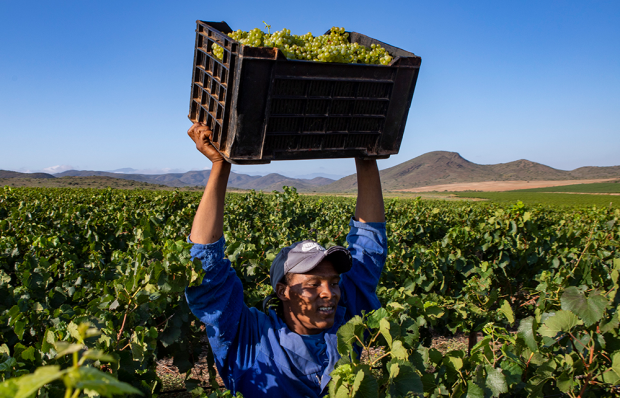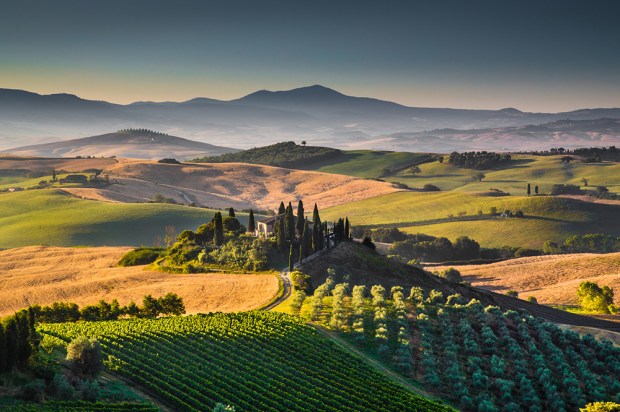The wines of Tokaji run like a golden thread through Hungarian history. There are references to their nectar-like quality in the Hungarian national anthem. Imperial Tokaji, the world’s sweetest wine, has always been prized. As its name implies, much of it found its way to the Habsburgs’ cellars. Emperors often used it as birthday or Christmas presents for fellow monarchs.
Already a subscriber? Log in
Subscribe for just $2 a week
Try a month of The Spectator Australia absolutely free and without commitment. Not only that but – if you choose to continue – you’ll pay just $2 a week for your first year.
- Unlimited access to spectator.com.au and app
- The weekly edition on the Spectator Australia app
- Spectator podcasts and newsletters
- Full access to spectator.co.uk
Or
Unlock this article
You might disagree with half of it, but you’ll enjoy reading all of it. Try your first month for free, then just $2 a week for the remainder of your first year.















Comments
Don't miss out
Join the conversation with other Spectator Australia readers. Subscribe to leave a comment.
SUBSCRIBEAlready a subscriber? Log in